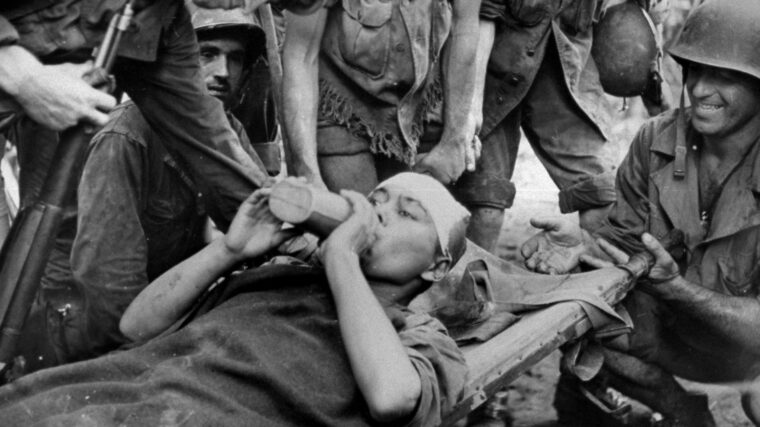
Pacific Theater
Korea Under the Rising Sun
By Allyn VannoyThe first recorded encounter between American forces and Koreans in the Central Pacific during World War II came at Tarawa Atoll in November 1943. Read more
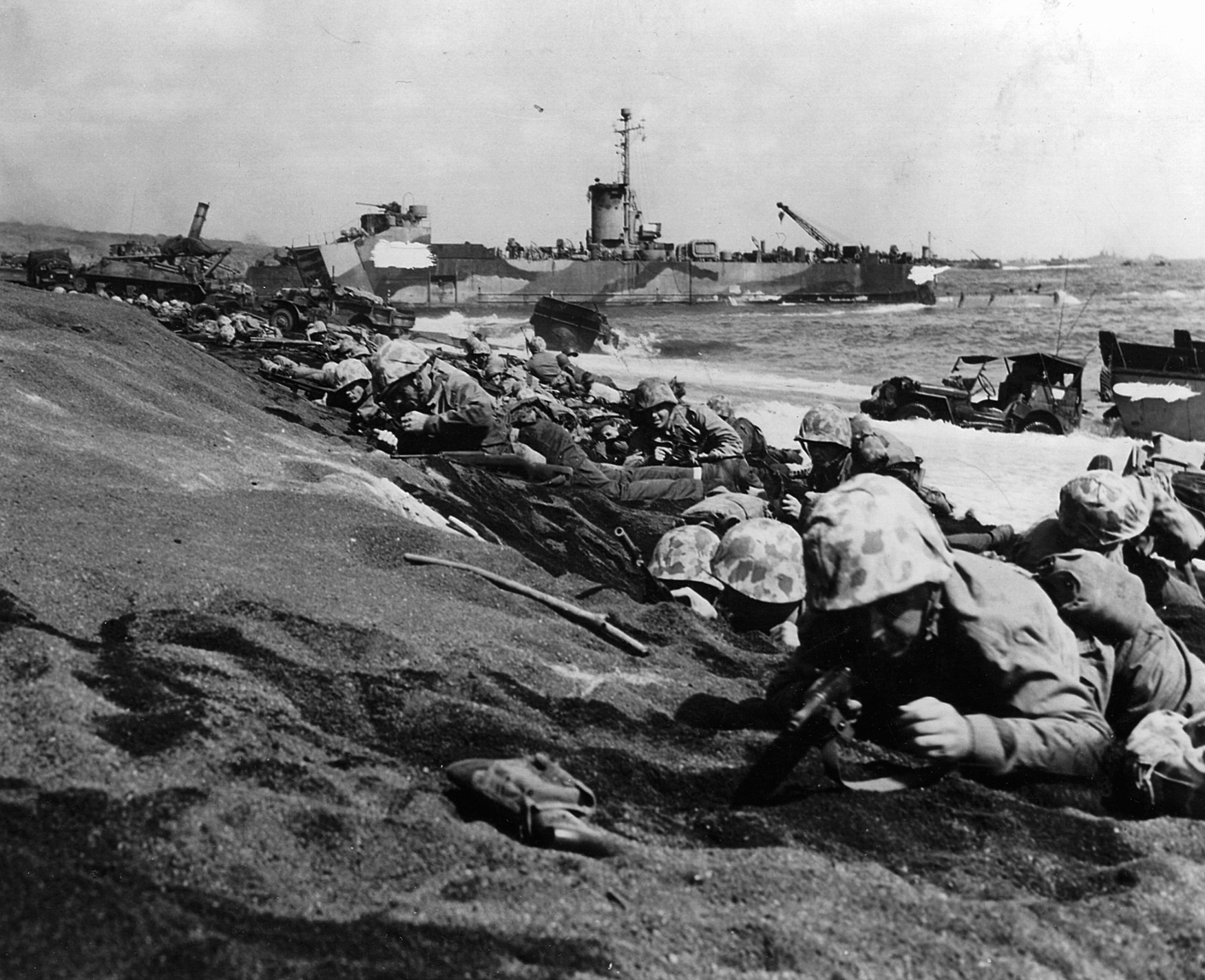
The Pacific Theater during World War II is generally regarded as the area of military confrontation between the Allied powers and Imperial Japan. The Pacific Theater consists of the entire operational expanse of the war from the Aleutian Islands in the north to Australia in the south, including island chains such as the Solomons, Gilberts, Marshalls, and Marianas. The China-Burma-India (CBI) Theater is also considered a major component of the Pacific Theater.

Pacific Theater
The first recorded encounter between American forces and Koreans in the Central Pacific during World War II came at Tarawa Atoll in November 1943. Read more
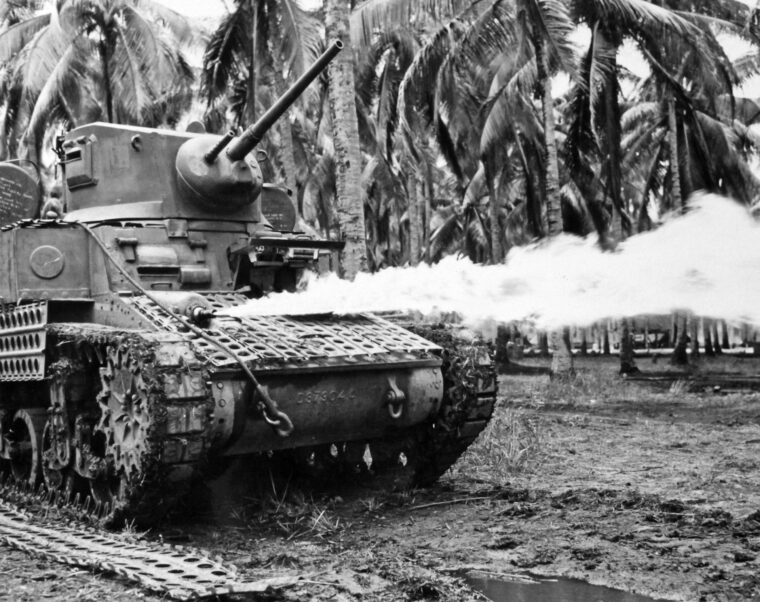
Pacific Theater
U.S. portable flamethrowers were first used in combat during the Guadalcanal campaign in January 1943. It quickly became apparent that the exposed flamethrower operator was vulnerable to Japanese small arms fire. Read more
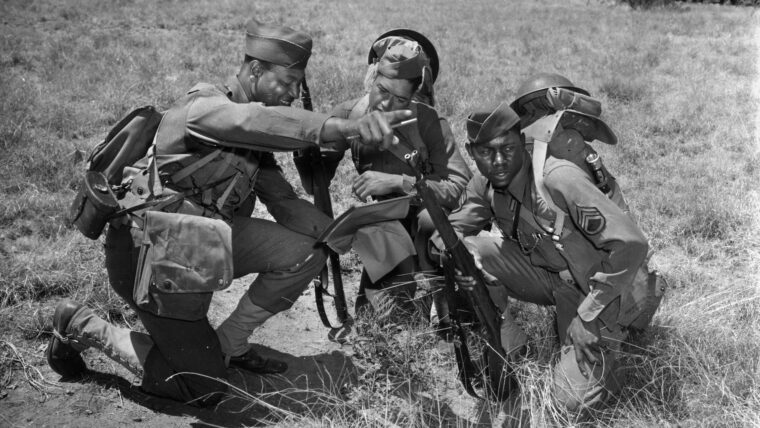
Pacific Theater
On August 2, 1945, two weeks prior to Japan’s surrender, the highest ranking Japanese officer captured during the war in the Pacific was taken on the island of Morotai, Dutch New Guinea. Read more
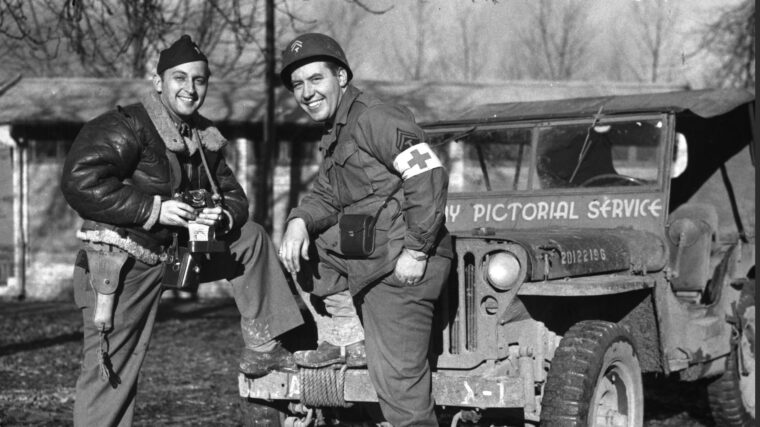
Pacific Theater
Much of what we know today about World War II are the visual images—both still and moving—that combat photographers took to document all phases of this costly human tragedy. Read more
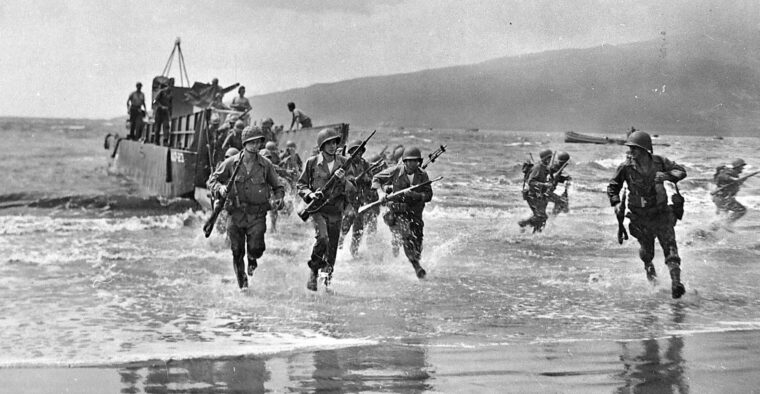
Pacific Theater
Major Evans Carlson stood on a rickety platform built from wooden crates, the kind their rations came in. Read more
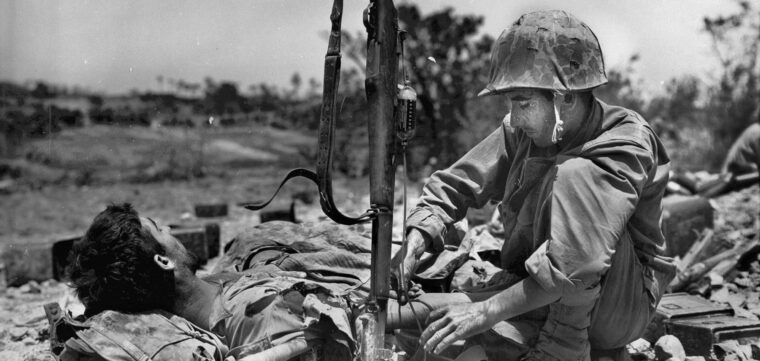
Pacific Theater
The U.S. military employed an organized system for the treatment of soldiers severely wounded while fighting in the Pacific, including their evacuation stateside if needed. Read more
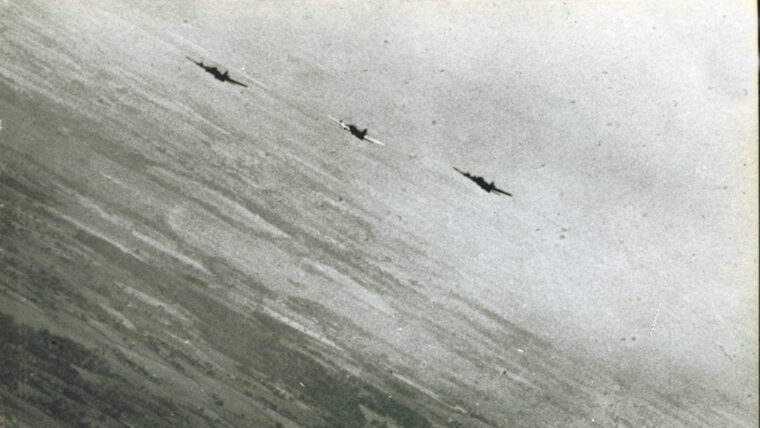
Pacific Theater
In 1944, air traffic over southern Britain was almost at the New York City rush- hour level. On any given early morning, heavily laden B-17s and B-24s would be circling, laboriously assembling into formation for runs to targets in France and Germany. Read more
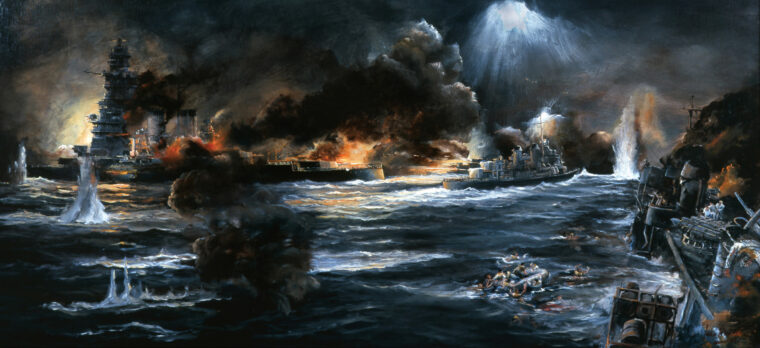
Pacific Theater
Lieutenant Commander John Benjamin Fellows, the skipper of the American Gleaves-class destroyer USS Gwin (DD-433), stood on the bridge trying to see into the predawn blackness. Read more
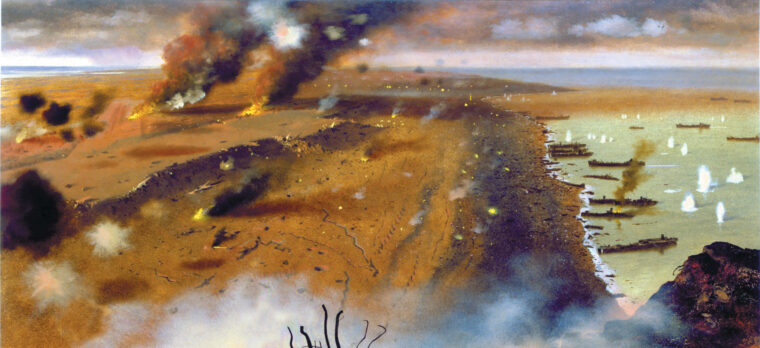
Pacific Theater
Lieutenant General Holland M. Smith was 62 years of age. At a time in life when most men contemplate retirement, he was a very busy individual. Read more
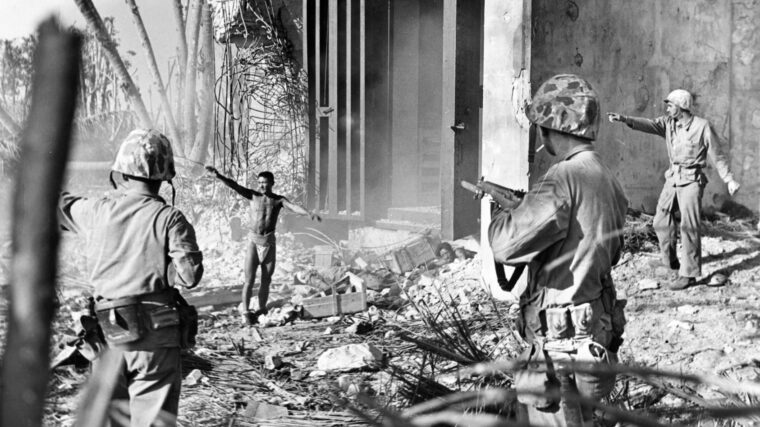
Pacific Theater
As 1943 drew to a close, Admiral Chester Nimitz’s Central Pacific campaign was gaining momentum. His forces had taken the Gilbert Islands that November and now targeted the Marshall Islands as the next step on the long road to Tokyo. Read more
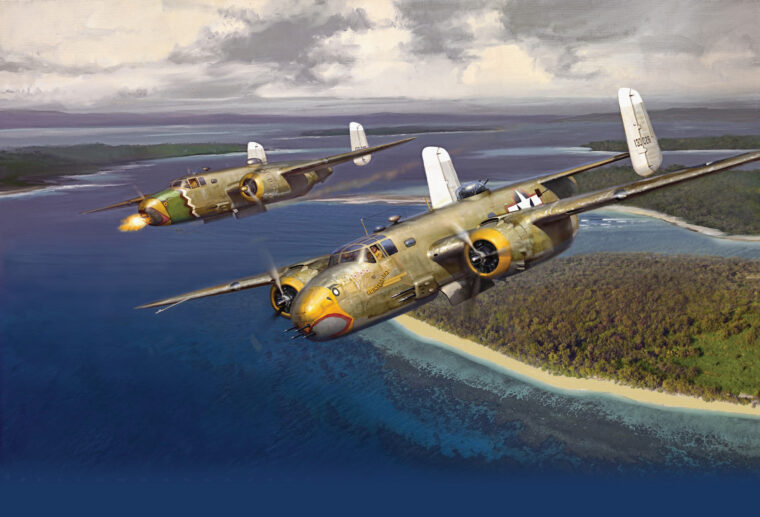
Pacific Theater
In the predawn darkness of Dobodura, New Guinea, 2nd Lt. William J. Smith of the U.S. Army Air Corps was roughly awakened by a noncom announcing that it was time to get dressed and get to the mess tent for breakfast. Read more
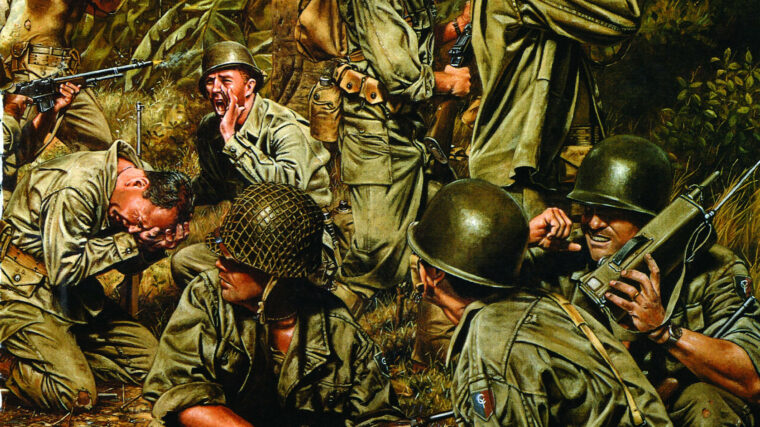
Pacific Theater
As the nine C-47s flew closer to the drop zone, the lead plane descended to an altitude of four hundred feet. Read more
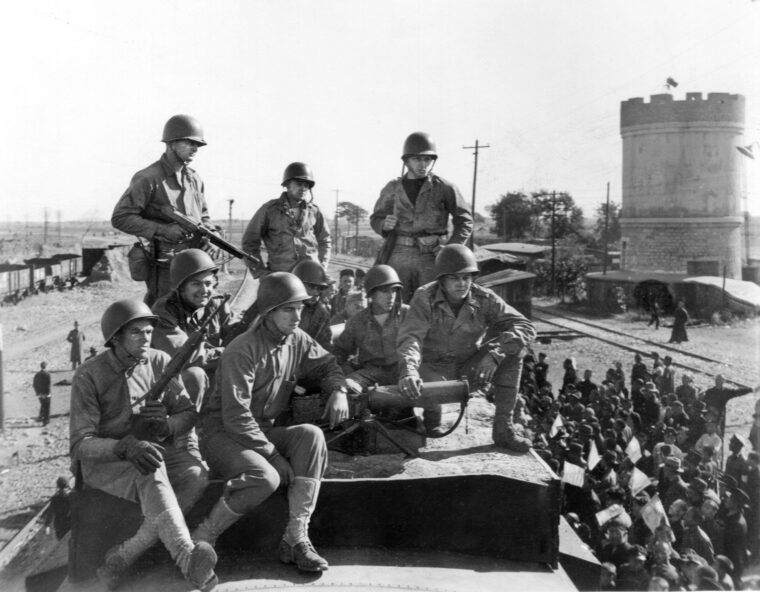
Pacific Theater
On September 2, 1945, Japanese representatives boarded the battleship USS Missouri, riding at anchor in Tokyo Bay, to sign an instrument of unconditional surrender. Read more
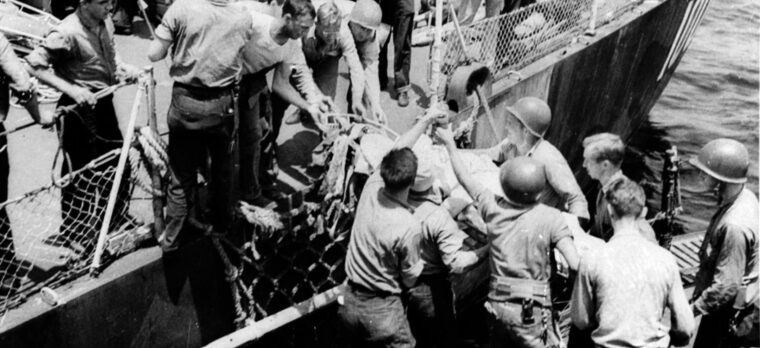
Pacific Theater
More than 16 million Americans served in the U.S. military during World War II, but as fluid as the situation was in the Pacific, and considering the priority given to the European Theater, it is difficult to obtain an accurate count of how many served in the Pacific at any one time during World War II. Read more
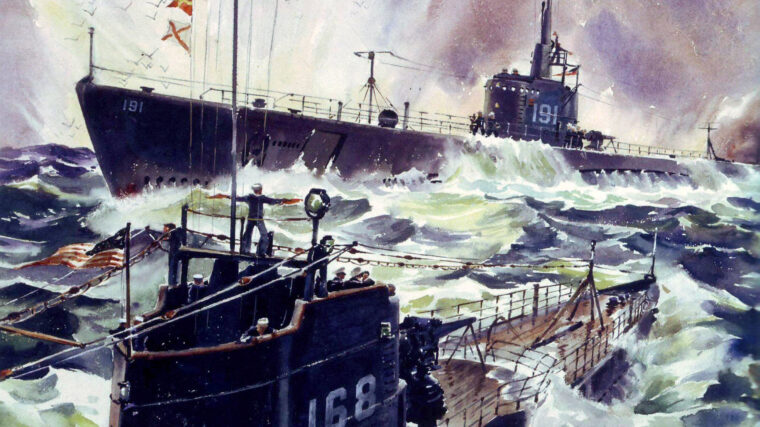
Pacific Theater
Two days after receiving intelligence on the route of an important enemy convoy, the USS Sculpin (Sargo-class submarine SS-191) made radar contact with the Japanese ships near the Caroline Islands in the Western Pacific Ocean. Read more
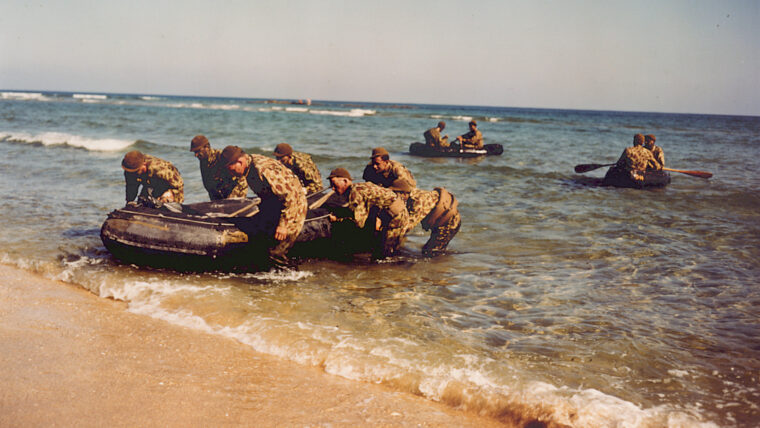
Pacific Theater
Today’s Navy SEALs (for Sea, Air, and Land special warfare experts) have a history shrouded in secrecy. Commissioned in 1962, they are the most elite shore-area Special Forces in the world, concentrating on very select and often-clandestine intelligence gathering and precision strike missions. Read more
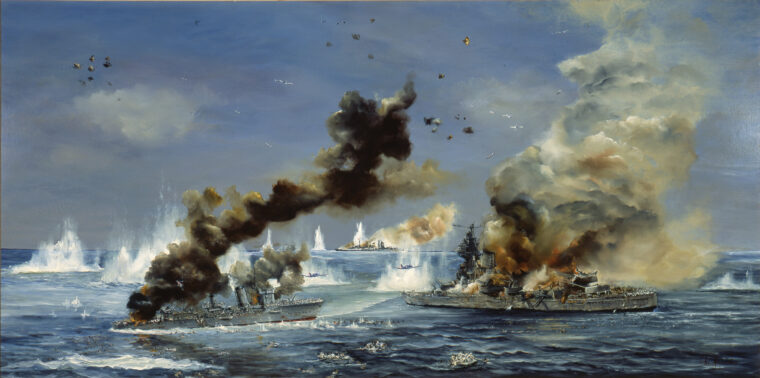
Pacific Theater
She was the lead ship of her class, built under the 1930 London Naval Treaty, which imposed limits on cruiser, destroyer, and submarine tonnage for the United States, Great Britain, and Japan. Read more
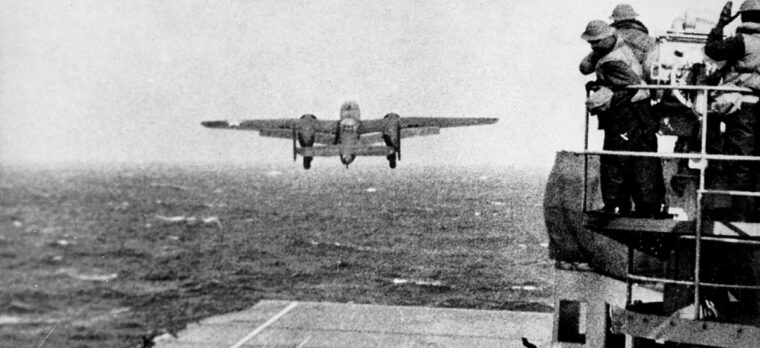
Pacific Theater
Little more than four months after the disastrous attack on Pearl Harbor, America went on the offensive against Japan with one of the boldest and best remembered bomber raids of World War II. Read more
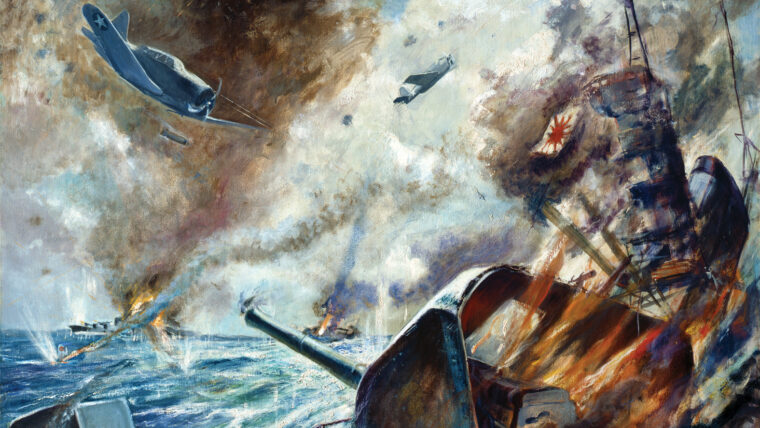
Pacific Theater
For Australian coastwatcher Ruby Boye, an Allied agent stationed on the South Pacific island of Vanikoro, it started much like any other morning. Read more
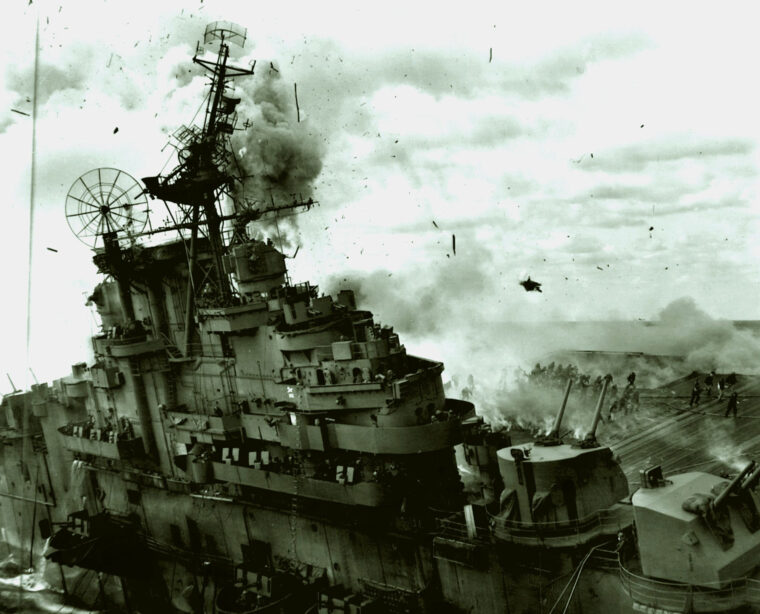
Pacific Theater
On March 3, 1945, the 27,100-ton aircraft carrier USS Franklin churned out of Pearl Harbor and headed westward for the war zone. Read more